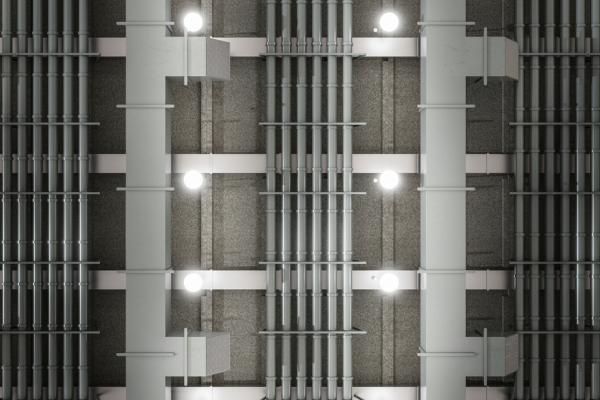What is AI’s place in civil engineering?
By Ireland Degges
Introduction
Artificial intelligence is everywhere.
Artificial intelligence is transforming industries at an unprecedented pace. Leaders across sectors are testing AI’s potential, with generative AI, in particular, capturing widespread attention.
Civil engineers are no exception—many are actively exploring how AI can reshape infrastructure development. However, not all AI tools are equally reliable, and integrating them into real-world projects demands a careful, measured approach.

The Benefits of AI in Civil Engineering
AI’s greatest strength lies in processing vast datasets, says Norma Jean Mattei, Ph.D., P.E., emeritus professor at the University of New Orleans. A prime example is in Memphis, Tennessee, where AI-powered bus cameras scan roads for potholes, enabling automated damage mapping and repair scheduling.
Michael Miller, P.E., vice president at Exo, highlights AI’s role in remote inspections and grid optimization, such as dynamic line rating—adjusting power flows in real time for maximum efficiency. Still, Mattei emphasizes that AI won’t replace engineers. Human judgment remains critical for design verification and construction oversight.

The Energy and Data Challenges of AI
While AI enhances data analysis, its energy consumption is staggering. Generative AI can use 10 times more power per query than a standard web search. Data centers, essential for AI operations, are straining power grids, with U.S. electricity demand surging 10-30% in recent years.
Mattei notes that water-cooled data centers also tax local water supplies, especially in arid regions. Placing these facilities farther from cities may require new transmission lines or even small nuclear reactors—adding another layer of complexity.

The Need for Reliable Data
AI’s effectiveness hinges on high-quality input, says Eva Lerner-Lam, president of Palisades Consulting Group. Without expert-verified data, AI risks producing flawed or misleading outputs—a “garbage in, garbage out” scenario.
For instance, a medical AI model’s accuracy dropped from 90% to 54% when fed inconsistent hospital data. Lerner-Lam advocates for “intelligence tokens”—structured, domain-specific data packages vetted by engineers—to ensure AI reliability and proper attribution.

The Future of AI in Civil Engineering
AI’s adoption in civil engineering is inevitable, but challenges remain. While early adopters risk over-reliance, laggards may fall behind. Miller stresses the need for transparent AI tools that enhance—not disrupt—engineering workflows.
Ultimately, as Mattei puts it, the priority must always be safeguarding public safety and infrastructure integrity—ensuring AI serves as a tool, not a replacement, for human expertise.


